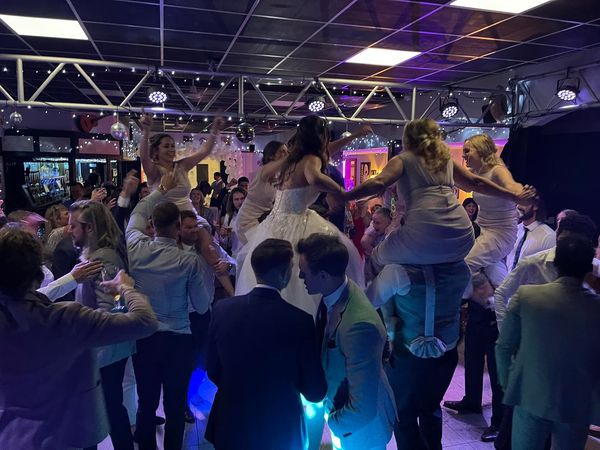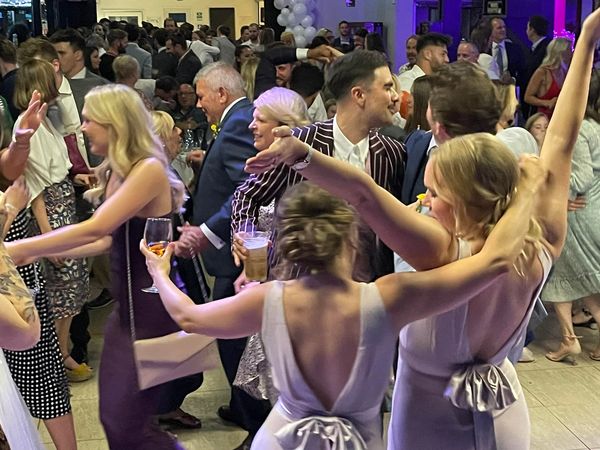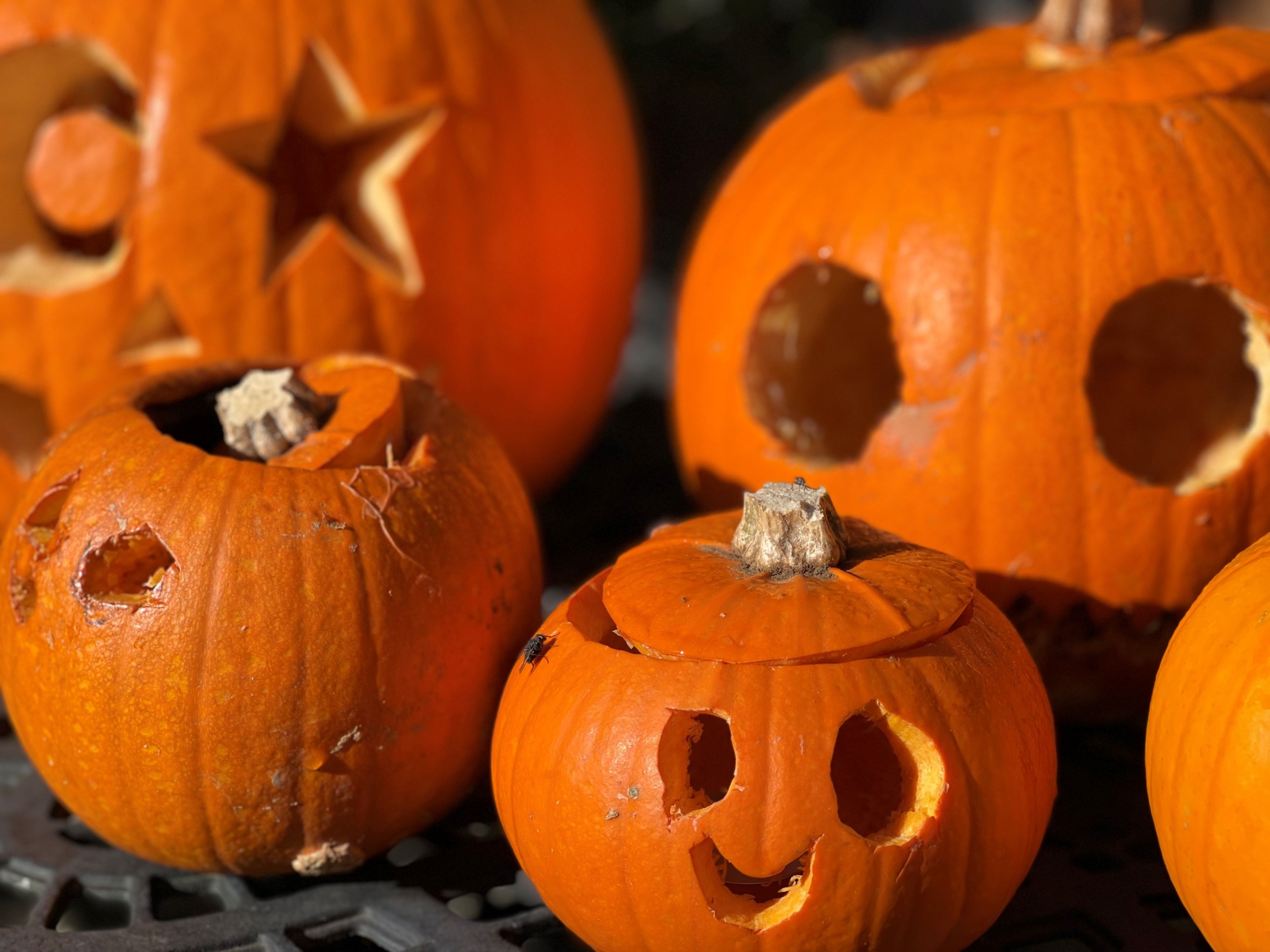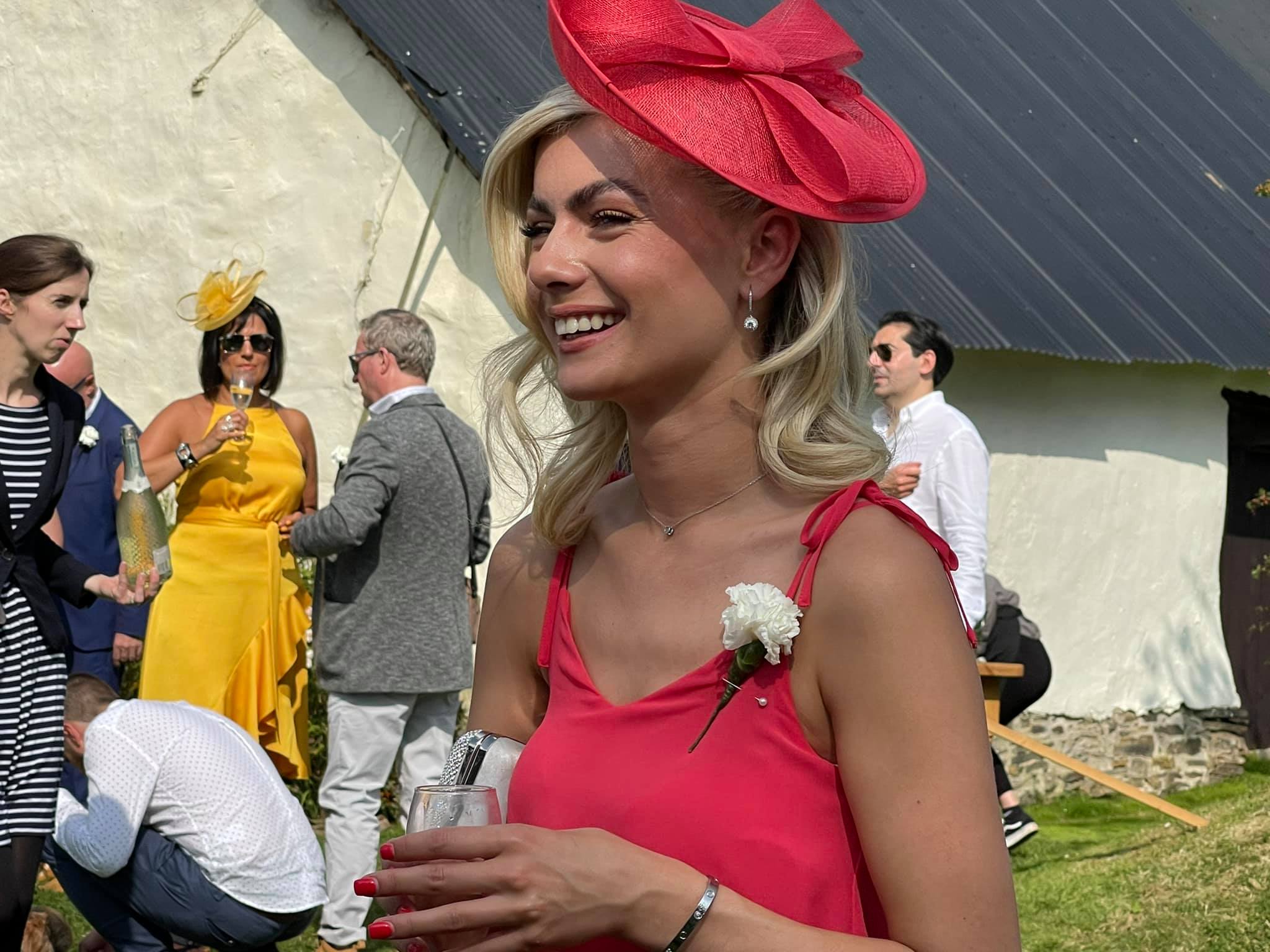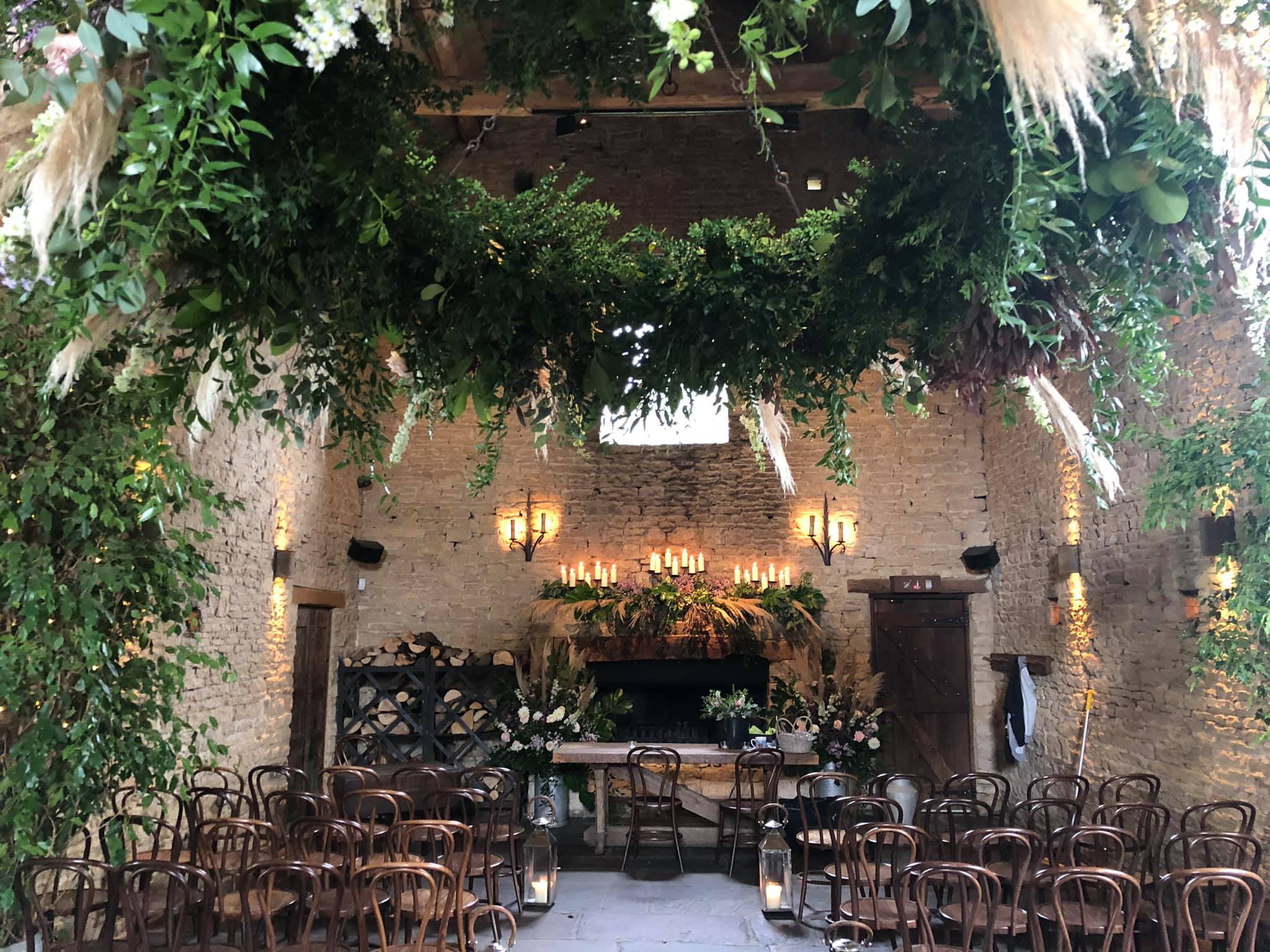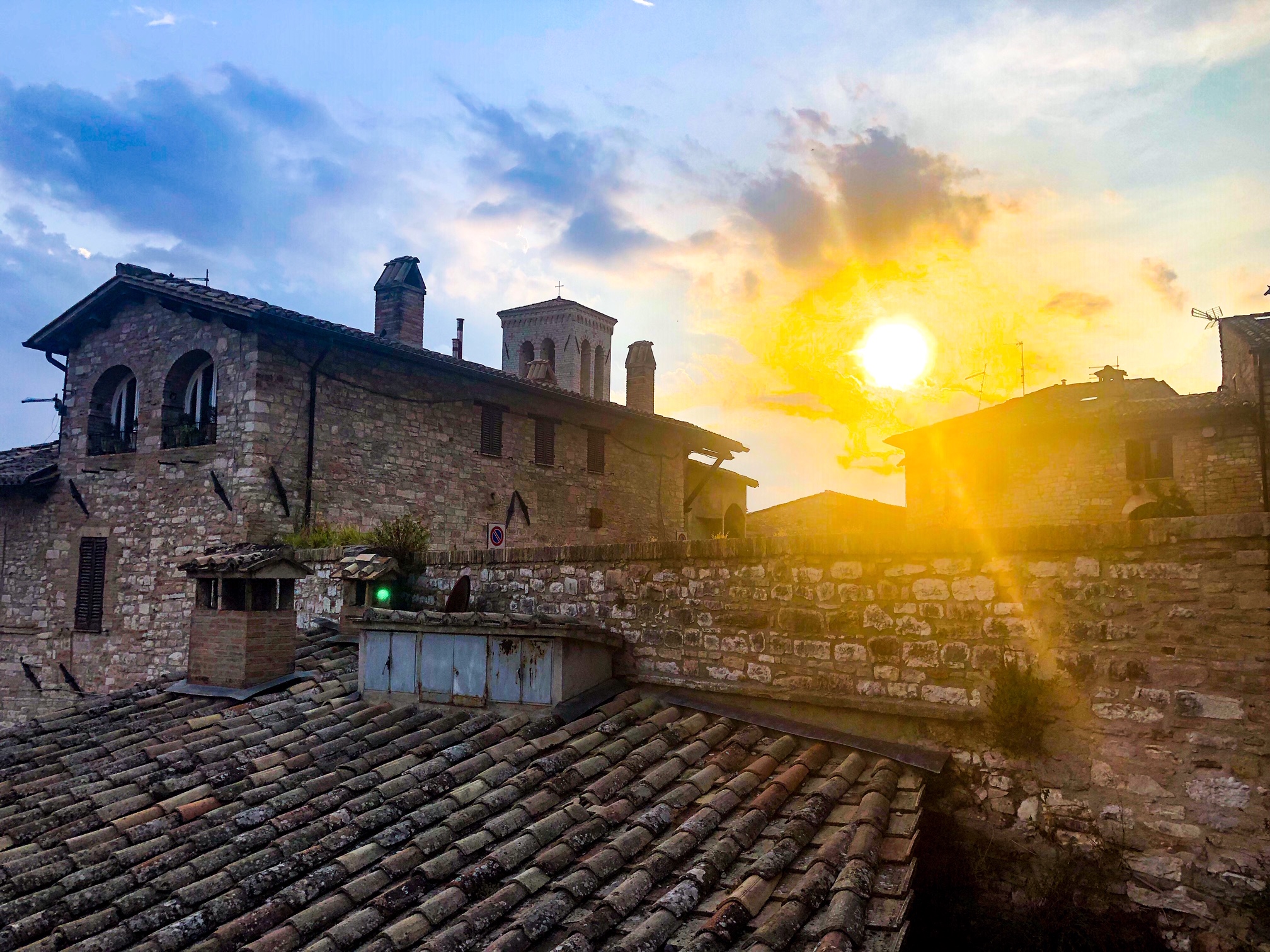There are many varied wedding customs and symbols some general and some family specific. Here are some of the more prevalent ones with some explanation behind their rational and origination.
Wedding Customs – The Ceremony
The Wedding Rings: Historically, the wedding ring has developed from the exchange of valuables at the time of the wedding rather than a symbol of eternal love and devotion that it is now. It is a result of the times when marriage was a contract between families, not the couples themselves. Both families then had a vested interest in the economic well-being
Wedding Veil:
The wedding veil hides the bride’s beauty and wards off malevolent spirits. Another explanation is that during the times of arranged marriages the bride’s face would be hidden until the groom had committed to the marriage.
Positions in Church:
The bride stands on the left of the groom during the marriage ceremony to enable his sword arm to be free prepared to fight off other men who may want her as their bride.
“Something old, something new, something borrowed, something blue.”
This saying goes back to Victorian time and the full version is “something old, something new, something borrowed, something blue and a silver sixpence in her shoe”
Something Old:
Signifies the link with the bride’s family and the past. Many bride’s choose is to wear an item of family jewellery or their mother’s or grandmother’s wedding dress.
Something New:
Embodies good fortune and accomplishment in the bride’s new life. The wedding dress is often chosen as the new item.
Something Borrowed:
To remind the bride that friends and family will be there for her when help is needed. The borrowed article might be something such as a lace handkerchief or a piece of jewellery.
Something Blue:
Shows faithfulness and loyalty and dates back to biblical times when blue epitomized purity. Frequently the bride’s garter is the blue item.
A Silver Sixpence in her Shoe is to wish the bride wealth, both financial and happiness.
Wedding Customs – Immediate celebrations
Confetti:
The wedding custom of confetti has substituted rice or grain in modern times, the rice was thrown at the bride and groom at the end of the ceremony to encourage fertility.
Wedding bouquet:
Back in the 14th century England and in particular France, wedding guests believed that owning a piece of the brides wedding dress was good luck. The bride’s dress was literally torn from her, so in order to placate the guests, the brides started to through items such as the bridal bouquet. It is said that the un-married girl that catches the bouquet will be the next to marry.
The Garter:
Linked to the wedding bouquet and the time when wedding guests considered it lucky to get a piece of the bride’s clothing. In order to save her dress and her dignity, the bride started throwing her garter at the male guests. This later resulted in the male guests they tried to tear the garter off of the bride’s leg themselves. So more recently the Grooms have removed the garter themselves and tossed it to the single men.
Wearing pearls:
To some, pearls characterize future tears and are a bad sign. However, to others, the wearing of pearls takes the place of the bride’s real tears, meaning she’ll have a happy, tear-free wedded life.
Time of day to get married:
The couple should exchange vows as the clock’s minute hand is “ascending towards heaven” (i.e. upwards).
Seeing the bride:
It is good luck for the groom not to see the dress before the wedding day. In addition to this, it will bring more luck if he does not glance at the dress as the bride walks down the aisle.
Wedding Customs – The Guests
Wedding presents:
Wedding presents are bought by the guests have replaced the tradition of bringing fruits that used to encourage fertility.
Favours:
The custom of giving guests a keepsake of the day by in the form of favours has been around for many years. This has developed into the tradition we have now of giving each guest five sugar coated almonds to symbolise health, wealth, fertility, happiness and long-life.
Wedding Customs – After the ceremony
The threshold:
Carrying the bride over the threshold defends her from any evil spirits that may be prowling in the happy couples new home.

